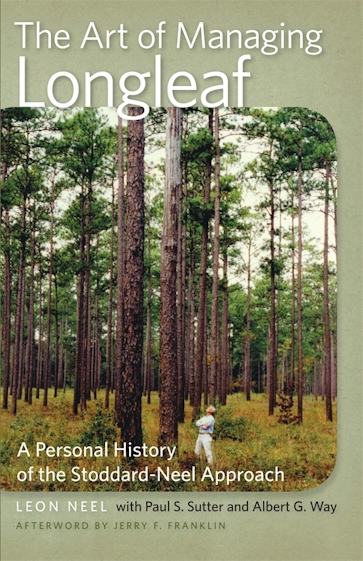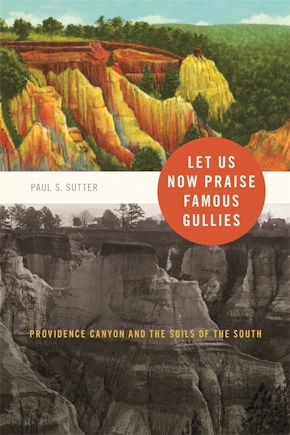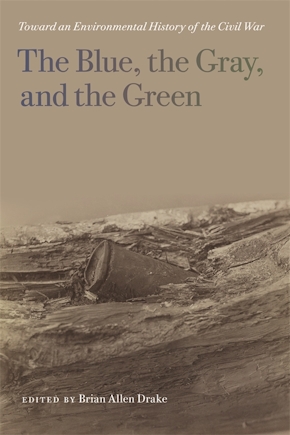The Art of Managing Longleaf
A Personal History of the Stoddard-Neel Approach
Title Details
Pages: 224
Illustrations: 16 color and 10 b&w photos
Trim size: 5.500in x 8.500in
Formats
Paperback
Pub Date: 03/01/2012
ISBN: 9-780-8203-4413-3
List Price: $28.95
Subsidies and Partnerships
Published with the generous support of Wormsloe Foundation Publications
Related Subjects
The Art of Managing Longleaf
A Personal History of the Stoddard-Neel Approach
Skip to
- Description
- Reviews
Greenwood Plantation in the Red Hills region of southwest Georgia includes a rare one-thousand-acre stand of old-growth longleaf pine woodlands, a remnant of an ecosystem that once covered close to ninety million acres across the Southeast. The Art of Managing Longleaf documents the sometimes controversial management system that not only has protected Greenwood’s “Big Woods” but also has been practiced on a substantial acreage of the remnant longleaf pine woodlands in the Red Hills and other parts of the Coastal Plain. Often described as an art informed by science, the Stoddard-Neel Approach combines frequent prescribed burning, highly selective logging, a commitment to a particular woodland aesthetic, intimate knowledge of the ecosystem and its processes, and other strategies to manage the longleaf pine ecosystem in a sustainable way.
The namesakes of this method are Herbert Stoddard (who developed it) and his colleague and successor, Leon Neel (who has refined it). In addition to presenting a detailed, illustrated outline of the Stoddard-Neel Approach, the book—based on an extensive oral history project undertaken by Paul S. Sutter and Albert G. Way, with Neel as its major subject—discusses Neel’s deep familial and cultural roots in the Red Hills; his years of work with Stoddard; and the formation and early years of the Tall Timbers Research Station, which Stoddard and Neel helped found in the pinelands near Tallahassee, Florida, in 1958. In their introduction, environmental historians Sutter and Way provide an overview of the longleaf ecosystem’s natural and human history, and in his afterword, forest ecologist Jerry F. Franklin affirms the value of the Stoddard-Neel Approach.
It is about the trees, but it also is about wildlife and the economics of lumbering. A bonus is a 30-page photo essay section that illustrates and expands upon the text. Readers will find much to learn and admire in this work; it embraces more than directions for good forestry. In the end, it gives readers new eyes with which to see the ecological impacts of human actions.
—Choice
Herbert Stoddard and his acolyte Leon Neel made a revolution in forestry among the longleaf pines of Georgia's Red Hills. More than applied scientists, they were artists and designers of genius, makers of ecologically balanced landscapes that were also gorgeous parks and hunters' paradises. Now Paul Sutter, Bert Way, and especially Neel himself bring us the comprehensive narrative, which is not only enlightening but also irresistably charming.
—Jack Temple Kirby, author of Mockingbird Song: Ecological Landscapes of the South
This warm and fine personal look at the legendary forest management practices of Herbert Stoddard and Leon Neel will appeal to a variety of readers. Foresters and landowners will profit from its detailed descriptions of the Stoddard-Neel approach to managing forests, one based on old-fashioned woodsmanship, a deep familiarity with longleaf pine forests, and a primary concern with the sustainability of the forest ecosystem. Neel’s stories and recollections of growing up in the Piney Woods are pleasurable in and of themselves, and they will reward anyone interested in the South and in southern folkways.
—Lawrence S. Earley, author of Looking for Longleaf: The Fall and Rise of an American Forest
Leon Neel’s approach to management of longleaf pine forests has become an exemplar for sustainable forestry and ecosystem restoration. Here, from Leon’s own words, we understand not only the fundamentals of his approach but also the inspiration and passion that motivate it. This is an important book on both counts.
—Norman L. Christensen, Professor and Founding Dean, Duke University Nicholas School of the Environment
I have been waiting a long time for this book. And it's even more beautiful and useful than I ever imagined. Within this crucial, revolutionary volume can be found many trails through wild forest, all leading to a grander future. A problem as vast and appalling as clear-cutting needs a brilliant solution, and here it is, from the forester who perfected it. Leon Neel has been my hero since I heard about him, and now Sutter and Way have my deepest gratitude. I call landowners and timber managers everywhere, and anyone else who cares about a piece of land, to read this book. This is not an oxymoron—you can cut a forest and, at the same time, save it too!
—Janisse Ray, author of Ecology of a Cracker Childhood



